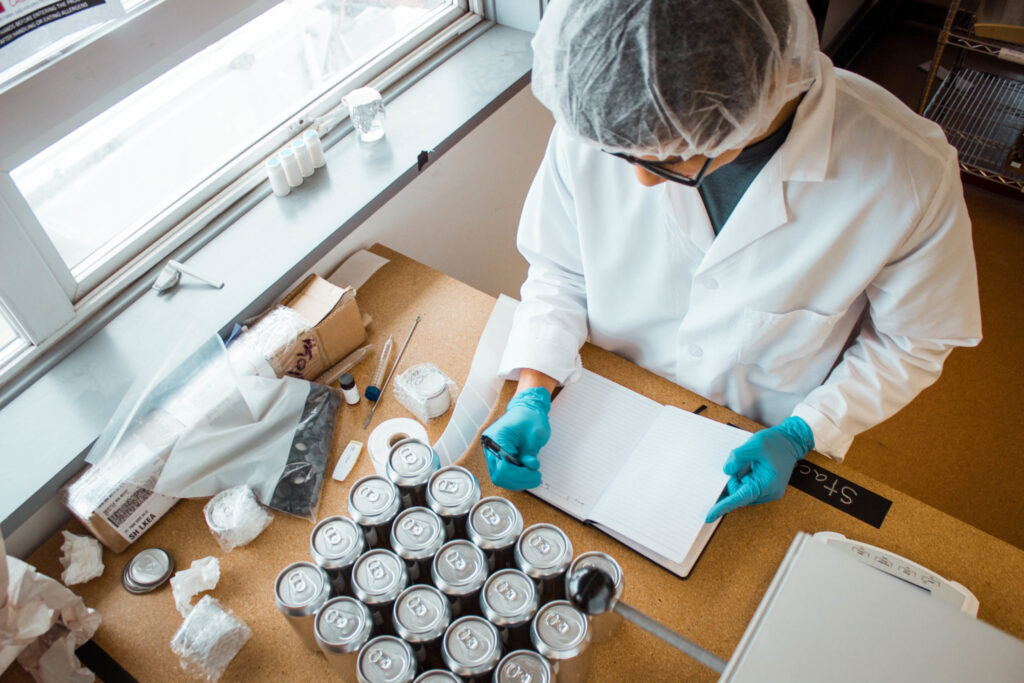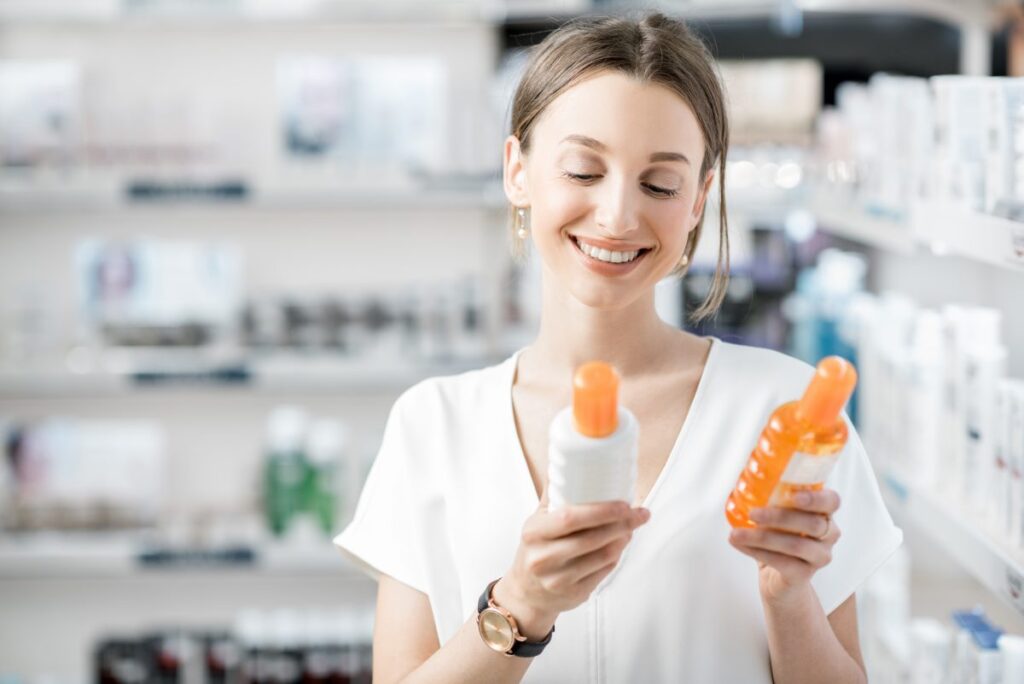SōRSE News & Blog
Home > News/Blog
More results...

Webinar: 5 Things to Know When Creating a CBD Beverage
Check out our webinar co-hosted with Prepared Foods!
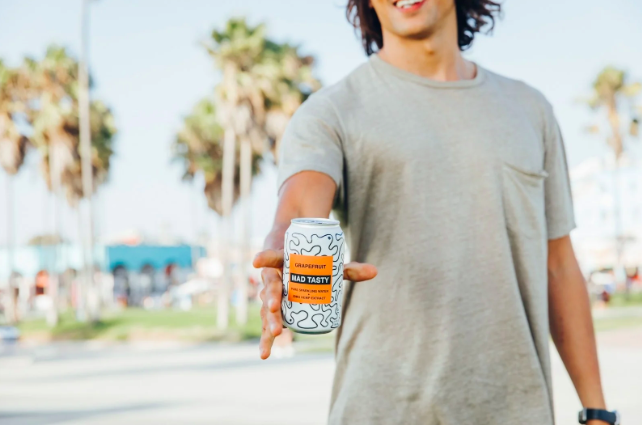
SōRSE on Bon Appétit: How To Find a CBD Product That Works
Check out SōRSE’s feature on Bon Appétit!

What Would Development Look Like Without a Water-Soluble Solution?
Discover the advantages of a water based formula.

The Versatility of SōRSE in CBD Products
It is increasingly true that if a product exists, there is a CBD-infused version of it.

What New Consumers Want In a CBD Product
Projections estimate the CBD market will see $15-20 billion in sales in the next 5 years.
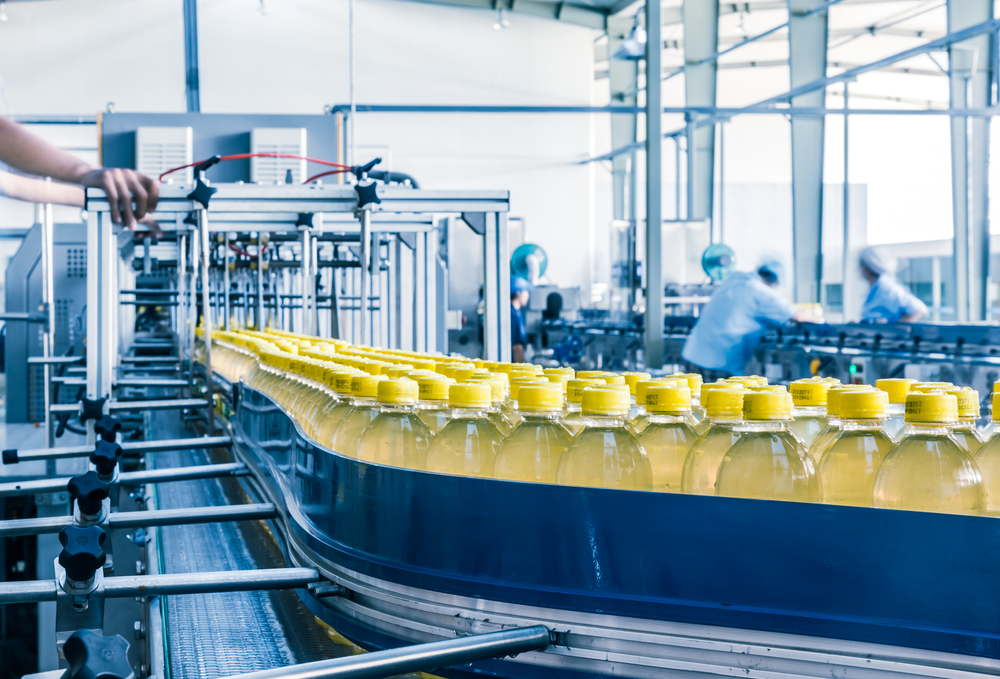
4 Steps to Entering the CBD Market
Here’s how you should you prioritize your energy to optimize for this specific niche.
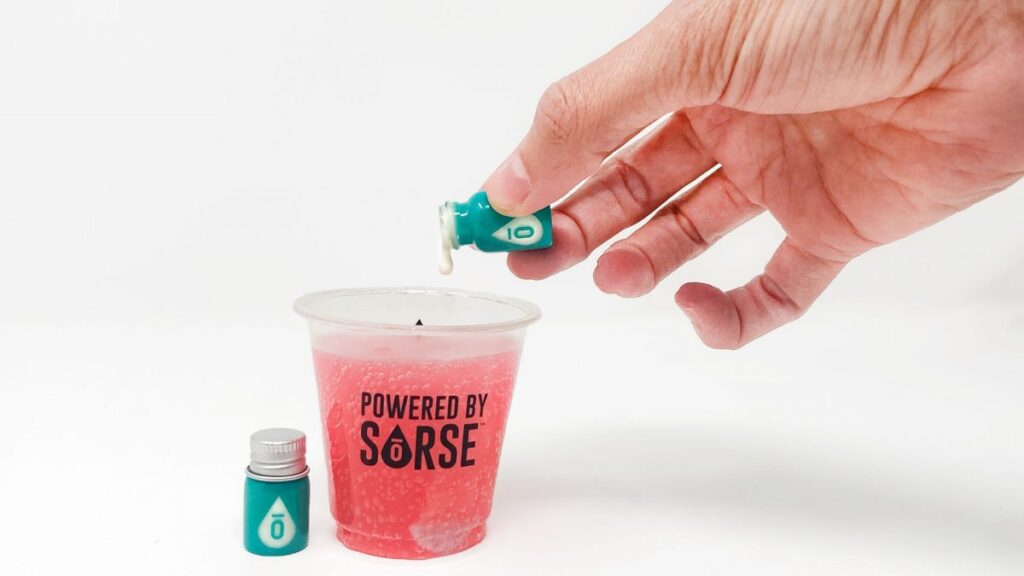
What To Expect When Creating Your First CBD-Infused Product Line
This industry is a very exciting, dynamic place.
- « Previous
- 1
- 2
- 3
- 4
- Next »








